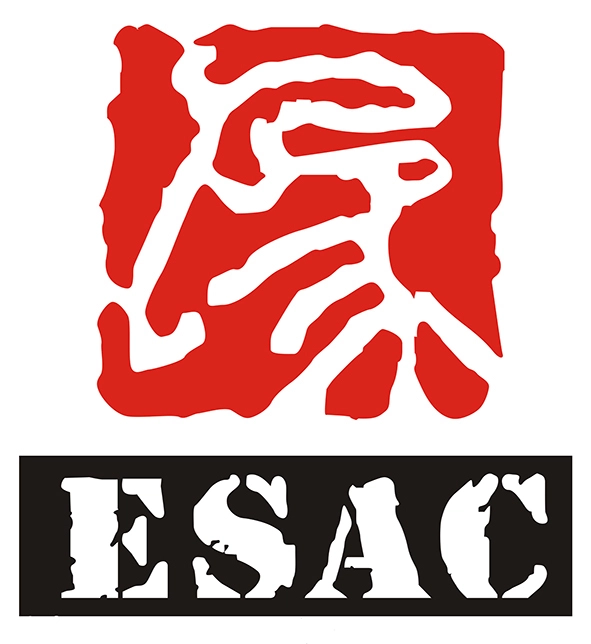5,000+ Entertainment Design Cases, 20+ years Amusement Industry Experience - ESAC Design Sales@esacart.com+086-18024817006
Expert Tips For Designing Indoor Playgrounds With Safety In Mind
Indoor playgrounds are a great way for children to have fun and stay active, especially when the weather outside isn't the best. However, with the fun comes the responsibility of ensuring that these play areas are designed with safety in mind. From choosing the right equipment to proper maintenance, there are several factors to consider when designing indoor playgrounds that prioritize child safety.
Choosing the Right Equipment for Indoor Playgrounds
When designing indoor playgrounds, one of the most important factors to consider is the type of equipment that will be used. It is crucial to choose equipment that is age-appropriate, sturdy, and meets all safety standards. Soft play equipment, such as foam mats, tunnels, and ball pits, are popular choices for indoor playgrounds as they provide a safe environment for children to play and explore. It is also important to ensure that all equipment is properly installed and regularly inspected for any signs of wear or damage.
In addition to soft play equipment, climbing structures are also commonly found in indoor playgrounds. When selecting climbing structures, it is vital to choose ones that are age-appropriate and have adequate padding to cushion falls. It is also crucial to ensure that climbing structures are securely anchored to the floor to prevent tipping over. By selecting the right equipment for indoor playgrounds, you can ensure that children have a safe and enjoyable play experience.
Creating a Safe Layout for Indoor Playgrounds
In addition to choosing the right equipment, the layout of an indoor playground is another essential aspect to consider when designing for safety. The layout should be designed in a way that promotes safe play and minimizes the risk of accidents. One way to achieve this is by creating designated play areas for different age groups to prevent younger children from playing on equipment that is meant for older children. It is also essential to ensure that there is adequate spacing between equipment to prevent overcrowding and collisions.
Furthermore, the flooring of indoor playgrounds plays a significant role in ensuring safety. It is essential to select flooring materials that are shock-absorbent to cushion falls and reduce the risk of injuries. Common flooring options for indoor playgrounds include rubber tiles, foam mats, and synthetic turf. Regularly inspecting the flooring for any signs of wear or damage is also essential to maintain a safe play environment for children.
Implementing Safety Rules and Guidelines
Another crucial aspect of designing indoor playgrounds with safety in mind is implementing safety rules and guidelines. Establishing clear rules for children and parents to follow while in the playground can help prevent accidents and injuries. Signs should be posted throughout the playground detailing rules such as no running, no pushing, and no climbing on certain equipment. It is also essential to provide supervision to ensure that children are following the rules and playing safely.
Moreover, providing safety guidelines for parents can also help prevent accidents in indoor playgrounds. Parents should be educated on the importance of supervising their children while they play and ensuring that they are using equipment appropriately. By implementing safety rules and guidelines, you can create a safe and enjoyable play environment for children of all ages.
Maintaining Indoor Playgrounds for Safety
Proper maintenance of indoor playgrounds is essential to ensure the safety of children while they play. Regular inspections of equipment, flooring, and other components of the playground should be conducted to identify any potential hazards or issues. Any damaged or worn-out equipment should be repaired or replaced immediately to prevent accidents. It is also essential to keep the playground clean and free of debris to reduce the risk of slips and falls.
In addition to regular inspections, indoor playgrounds should also be cleaned and sanitized regularly to prevent the spread of germs and bacteria. Cleaning supplies should be non-toxic and child-friendly to ensure the safety of children who come into contact with them. By maintaining indoor playgrounds properly, you can create a safe and hygienic play environment for children to enjoy.
Training Staff on Safety Procedures
Finally, training staff on safety procedures is crucial to ensuring the safety of children in indoor playgrounds. Staff should be educated on how to respond to emergencies, such as injuries or accidents, and should be trained in first aid and CPR. It is also essential to provide staff with guidelines on how to enforce safety rules and prevent unsafe behavior in the playground.
In addition to emergency response training, staff should also be educated on proper supervision techniques to ensure that children are playing safely. Regular staff meetings and training sessions can help reinforce safety procedures and ensure that all staff members are on the same page when it comes to maintaining a safe play environment.
In conclusion, designing indoor playgrounds with safety in mind is essential to create a fun and enjoyable play environment for children. By choosing the right equipment, creating a safe layout, implementing safety rules and guidelines, maintaining the playground properly, and training staff on safety procedures, you can ensure that children have a safe and memorable play experience. Prioritizing child safety in indoor playground design is crucial to providing children with a space where they can play, explore, and create lasting memories.






